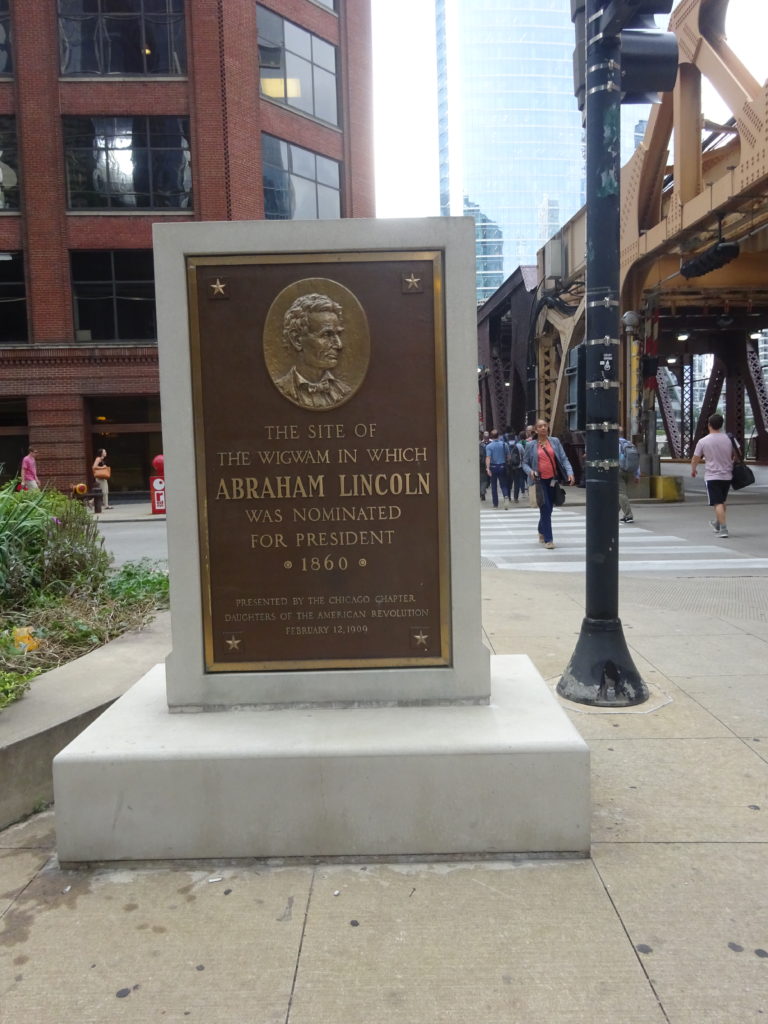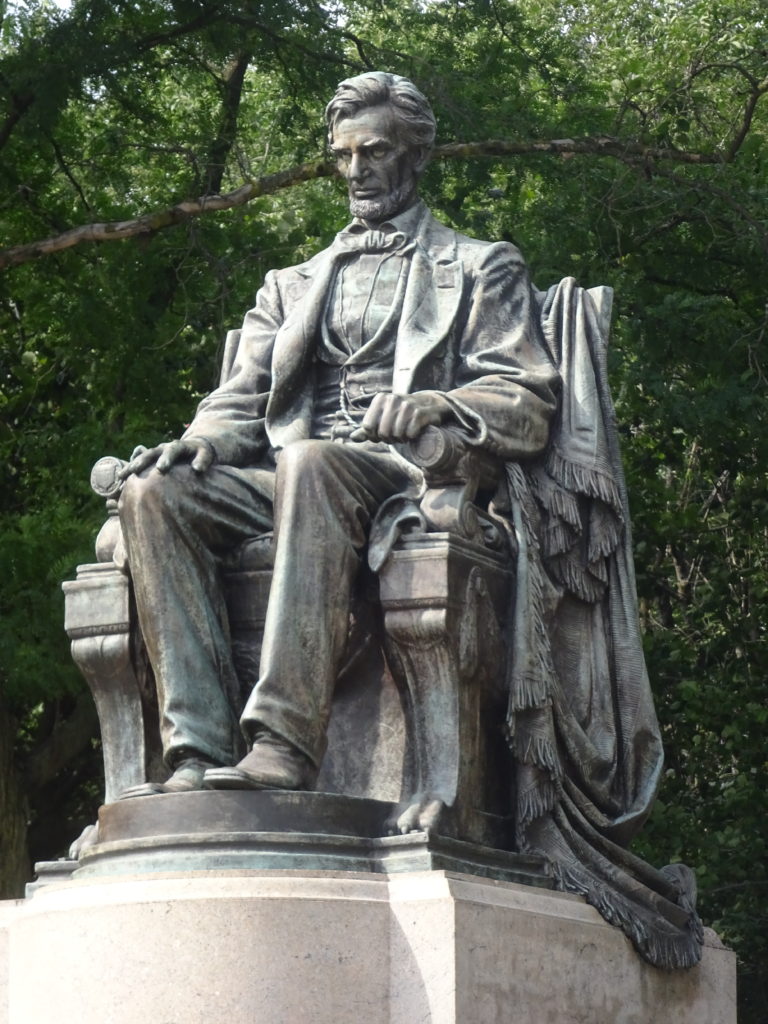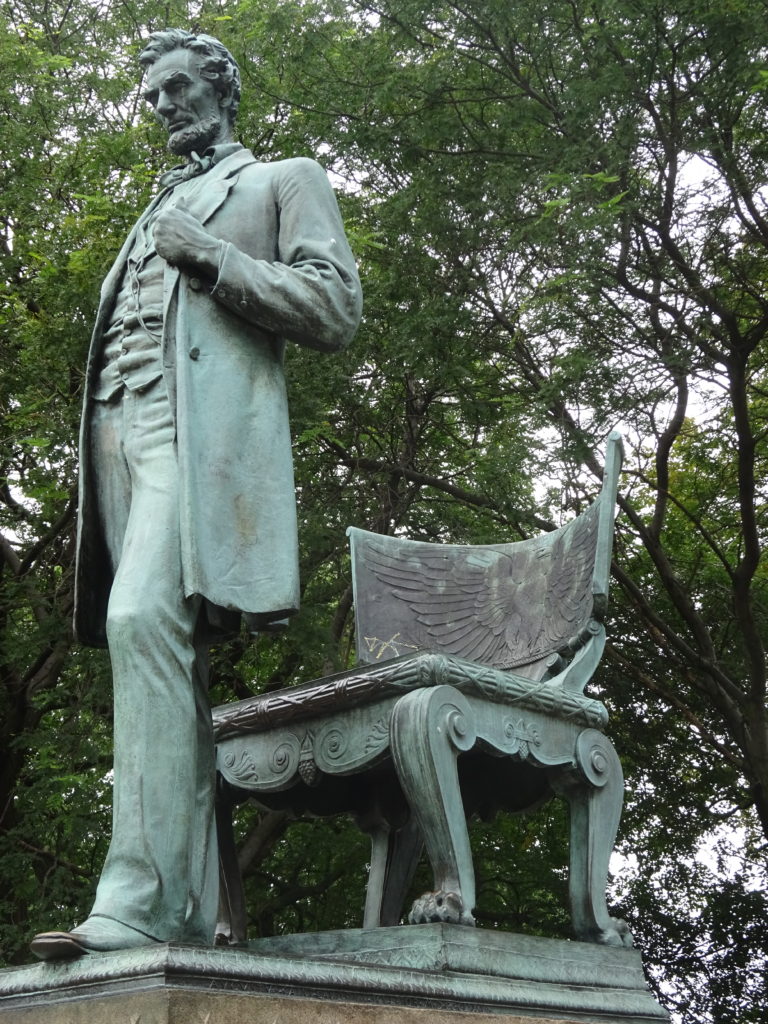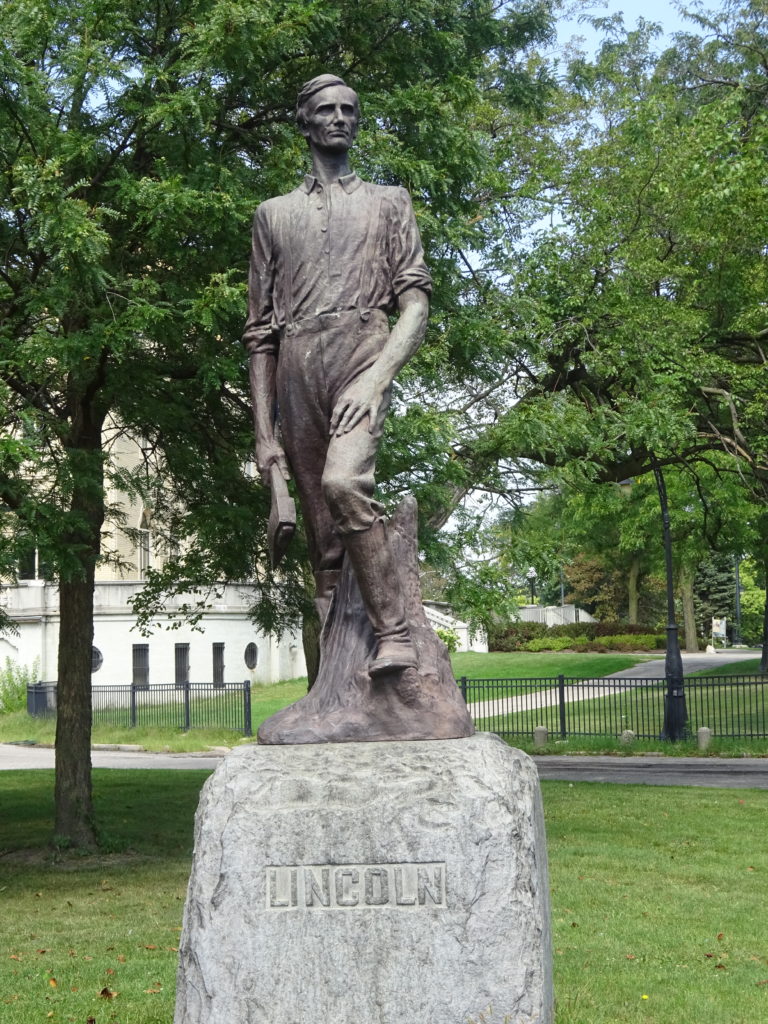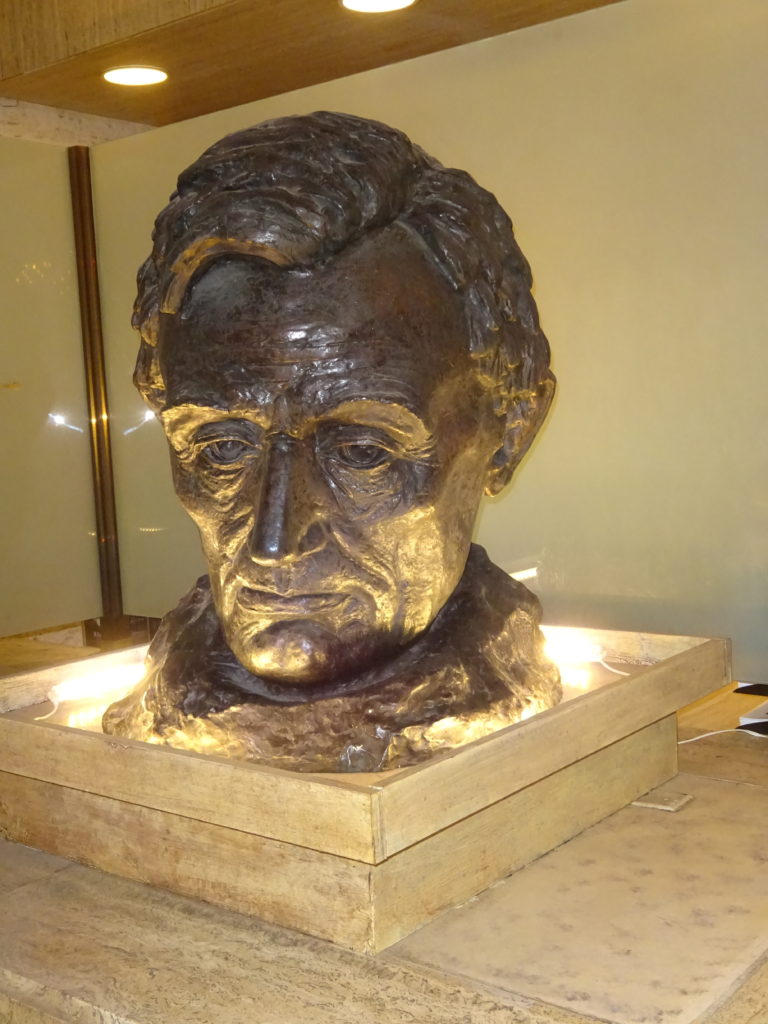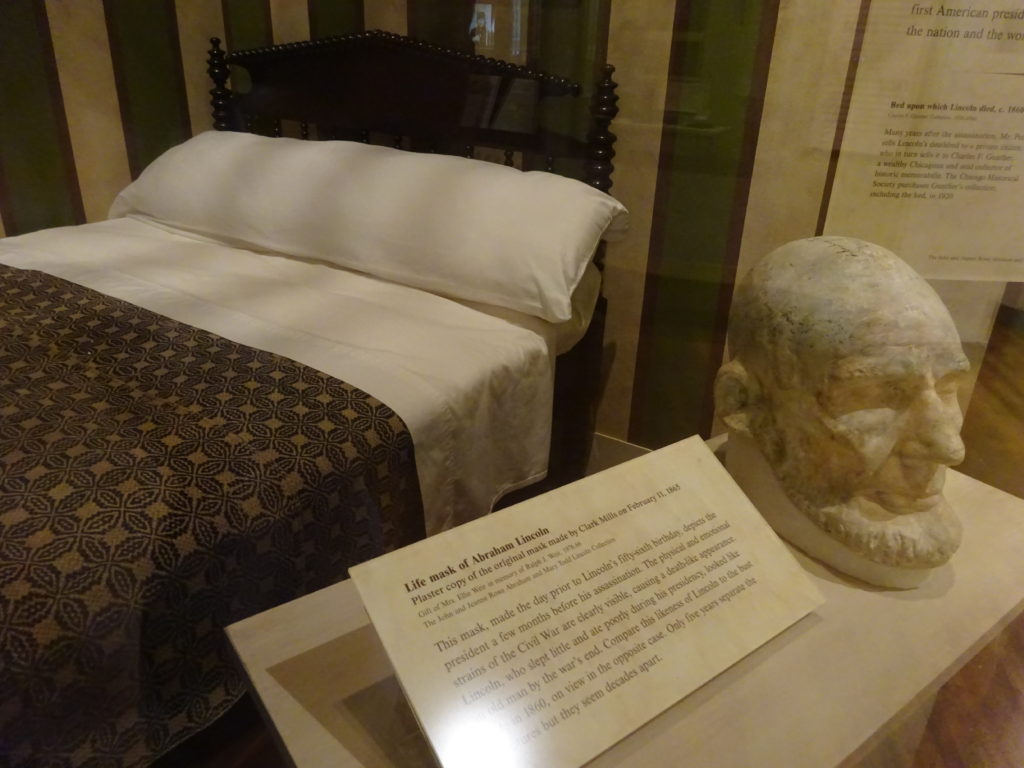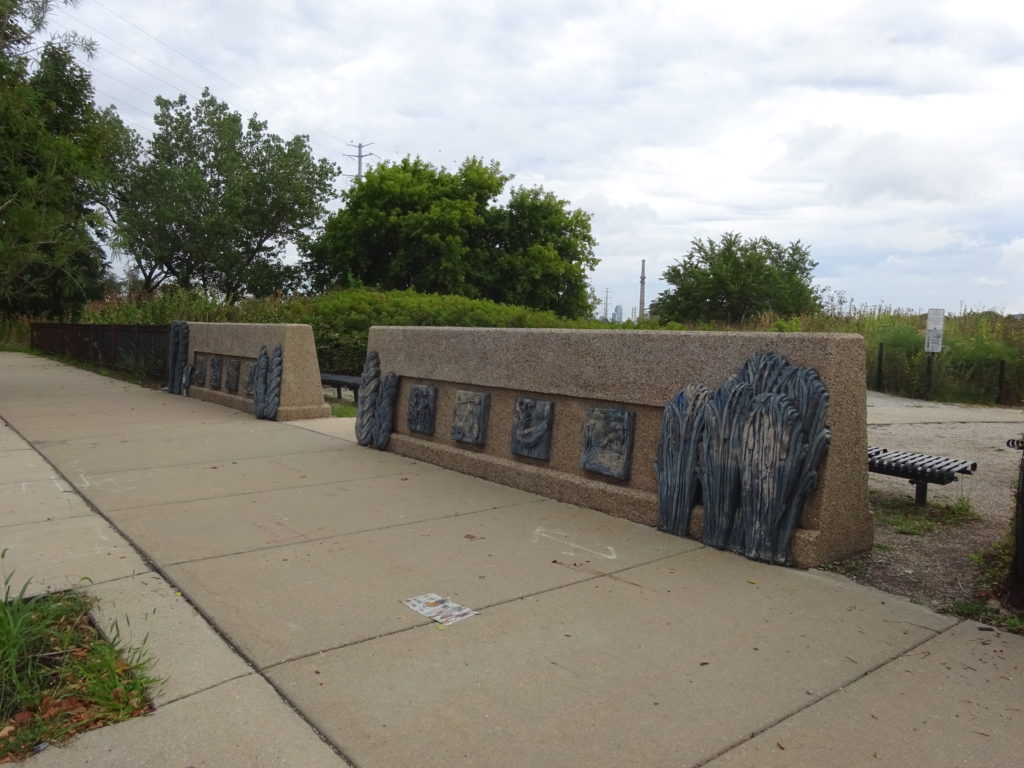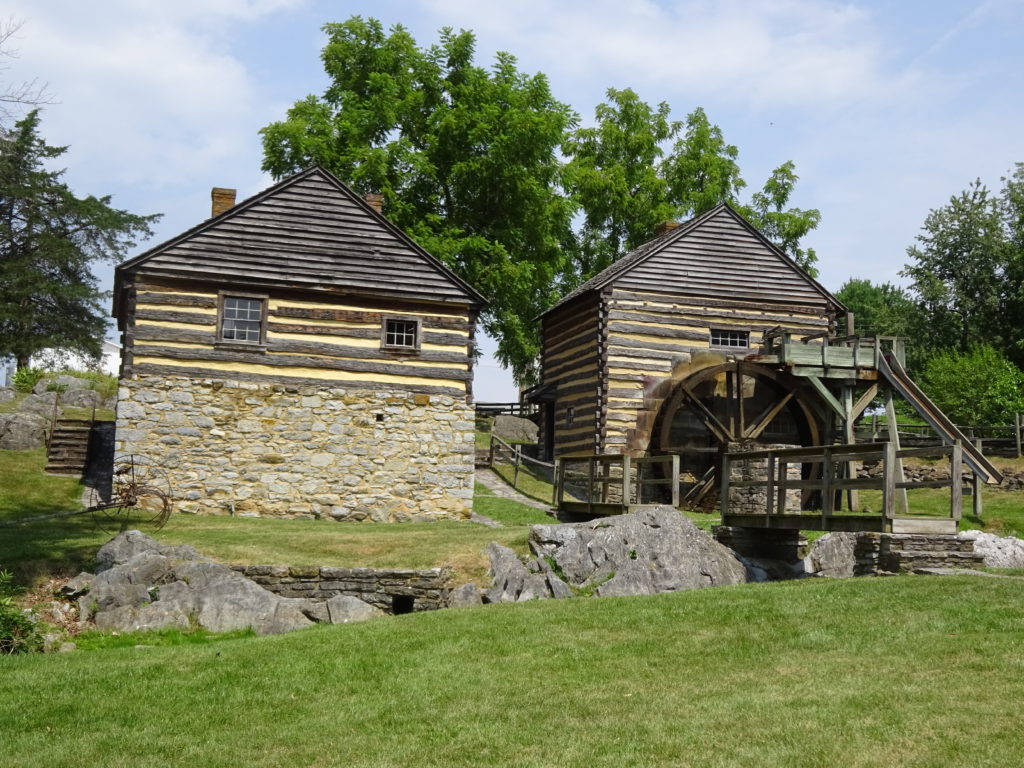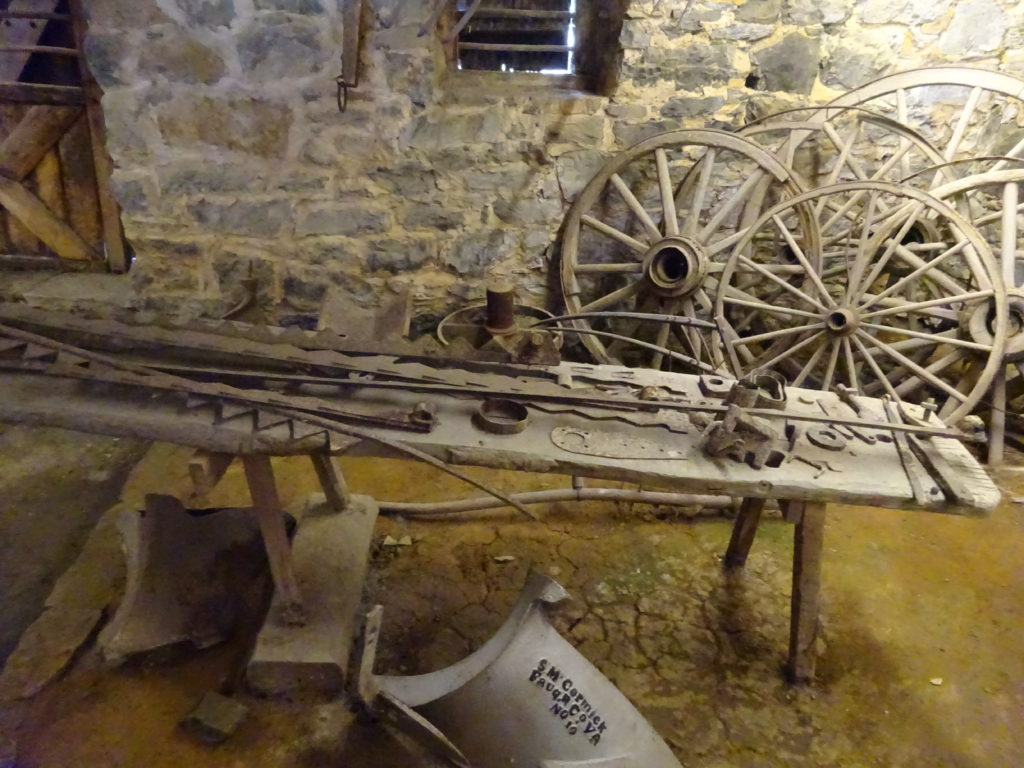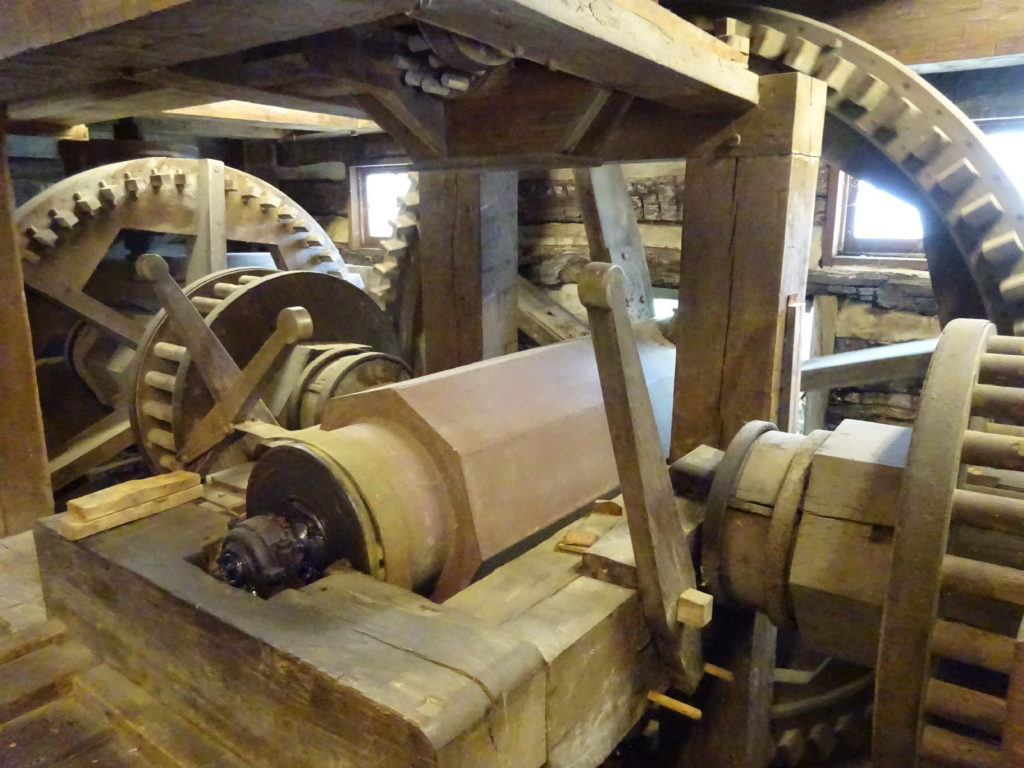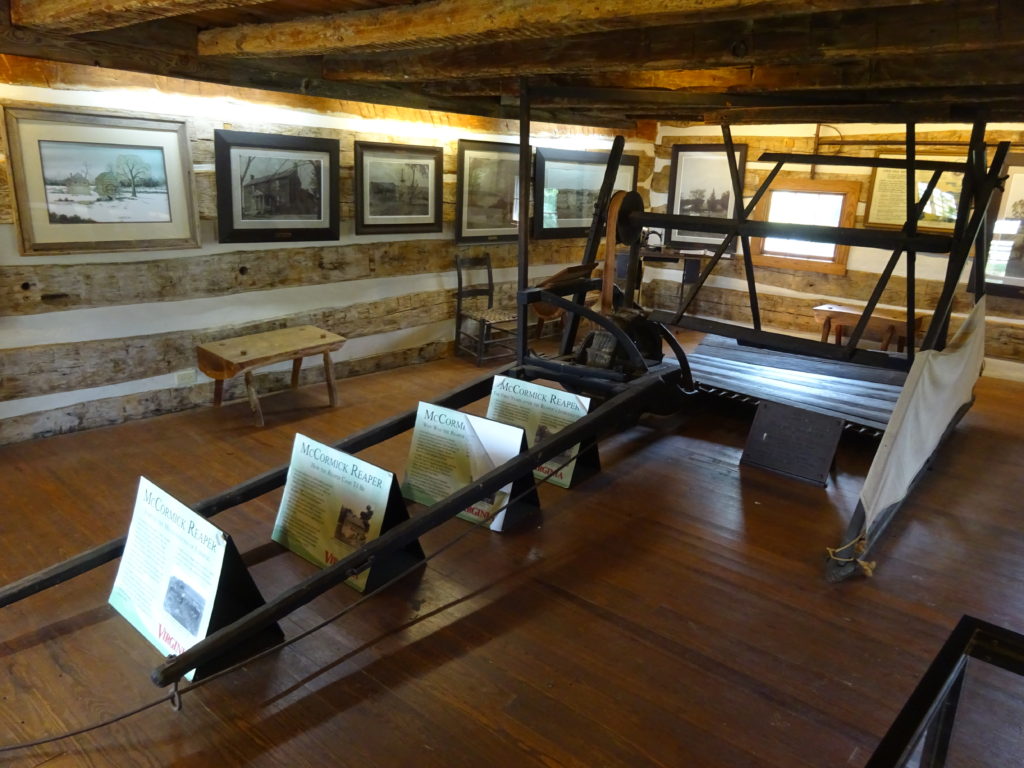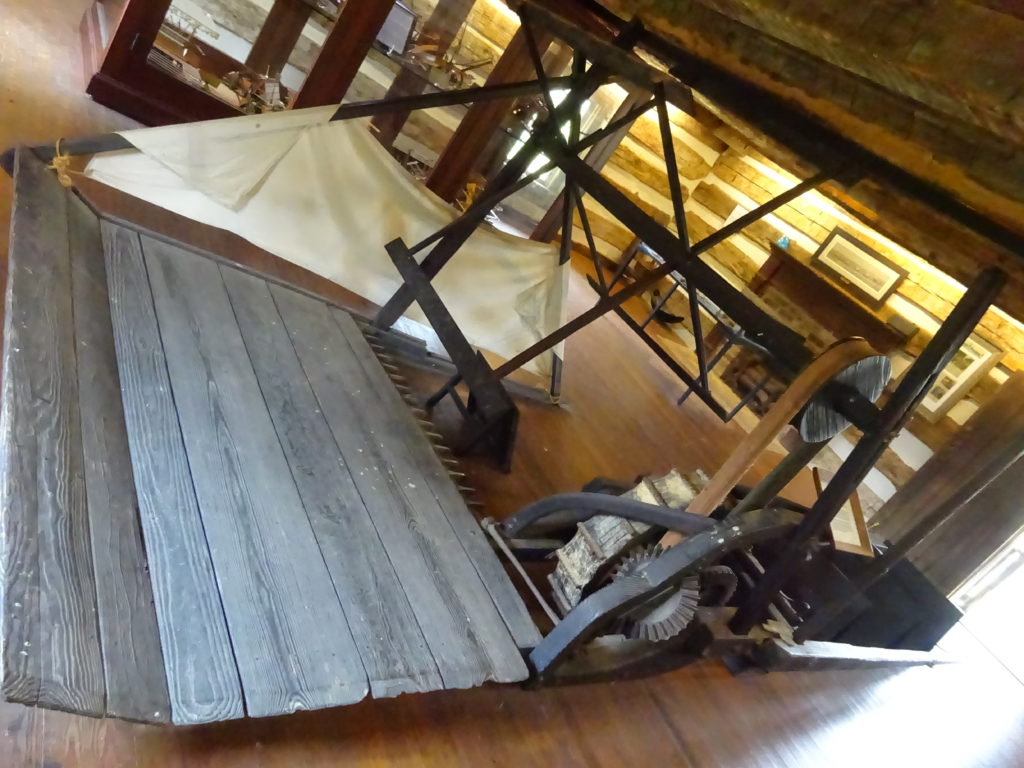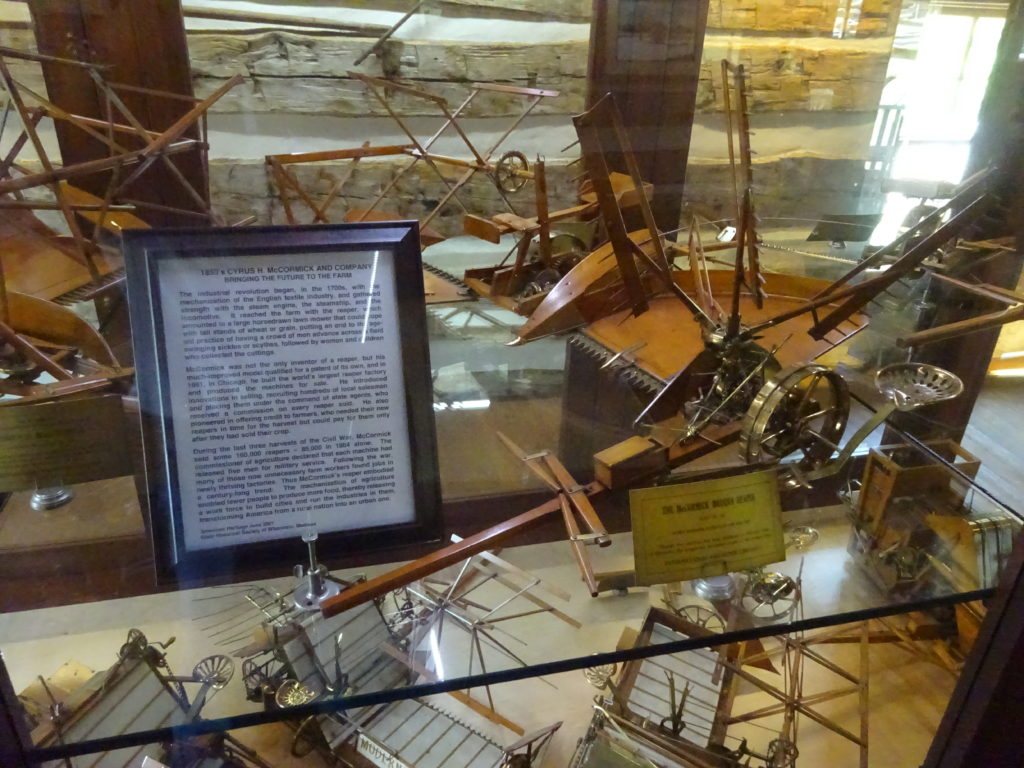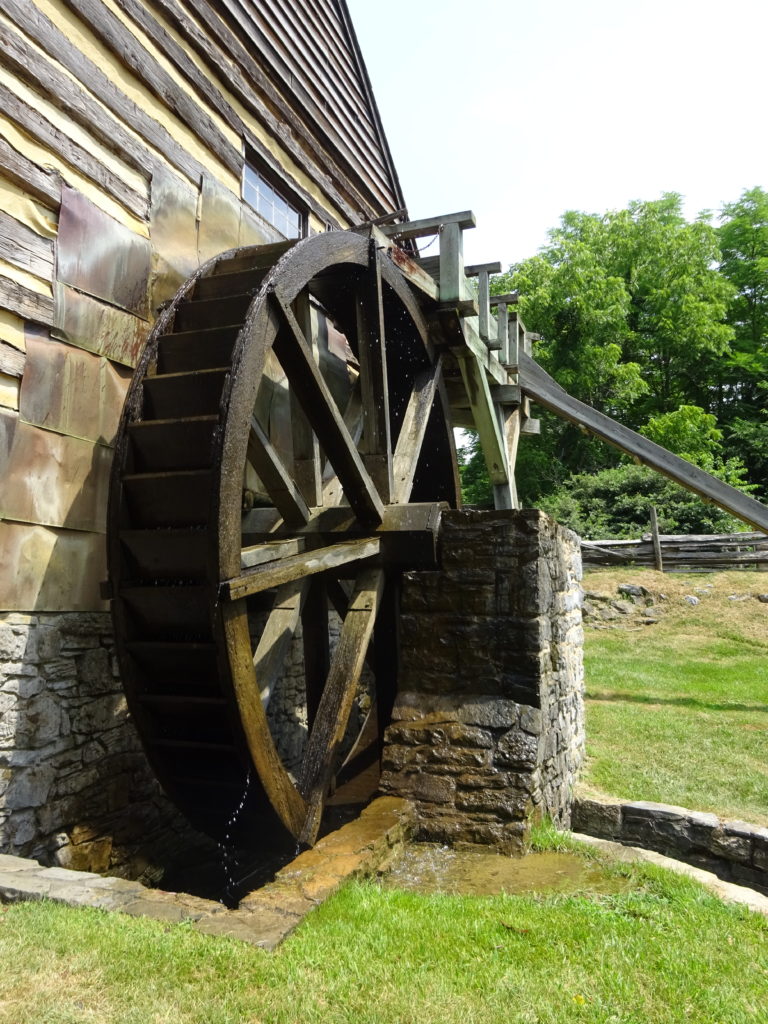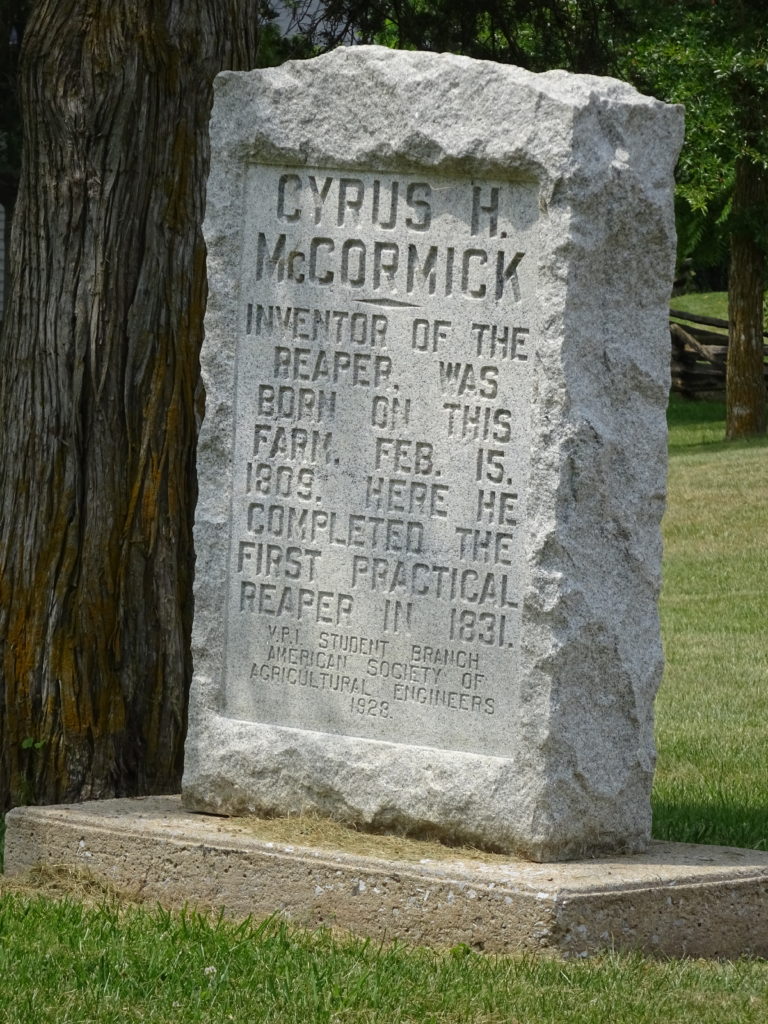 Robert Lincoln got his initial interest in astronomy from his father. Abraham Lincoln was fascinated by astronomy, as I discuss in my book, Lincoln: The Fire of Genius, and in a previous post. Robert did him one better – he built his own observatory at Hildene, which I saw on a recent visit to Robert’s Vermont summer home.
Robert Lincoln got his initial interest in astronomy from his father. Abraham Lincoln was fascinated by astronomy, as I discuss in my book, Lincoln: The Fire of Genius, and in a previous post. Robert did him one better – he built his own observatory at Hildene, which I saw on a recent visit to Robert’s Vermont summer home.
As I crested the hill walking from Hildene’s welcome center to house, my eyes immediately gravitated to the odd-looking domed structure standing at the edge of the woods. Robert’s observatory. About 12 feet in diameter and maybe 20 feet tall, the observatory was much smaller than I expected. Whereas his father had a fascination with astronomy, Robert had made it into a deep hobby. Robert had a habit of diving into his avocations – he surveyed all of Hildene as it was being built and did math problems in the evenings “to relax” – and astronomy was no exception. It was Robert who selected and surveyed the site for the observatory not far from the main house.
In addition to his father’s influence, Robert’s interest was likely expanded by his mentor and benefactor Jonathan Young Scammon, who besides being a lawyer, banker, and newspaper publisher was a dedicated amateur astronomer. Robert frequently used the large telescope at Dearborn Observatory on the campus of Chicago University (now Northwestern), often accompanied by close friend, and later renowned astronomer Shelbourne Wesley Burnham. According to Robert Lincoln biographer, Jason Emerson, Robert became a voracious reader of books on astronomy, about thirty of which still remain in his library at Hildene. “I belong to the class of old-young amateurs in astronomy, but I enjoy my study of it very much,” Emerson says Robert wrote to the director of the Lick Observatory in California. Before building the observatory, he used his telescope on a tripod, and would synchronize his stopwatch every day at the Manchester telegraph office to ensure the precision of his astronomical calculations. Later, he installed a relay at Hildene so he could get exact noontime readings via telegraph without having to go into town.

Originally, Robert’s telescope was a four-inch diameter Bardon, which in the observatory on a high point overlooking the “dene” gave a wonderfully unobstructed view of the sky. As his expertise and interest grew, however, the Bardon proved inadequate, so in 1909 he commissioned construction of a six-inch refracting telescope as a replacement. He became quite proud of the observatory and often bragged about it to his friends.
Being a scientist myself, I lingered at the observatory for a while, fascinated by the existing telescope. Whether it still worked or not was somewhat moot, as it was locked behind a metal gate to protect it from tourists. It was also time to go inside the main building to meet the archivist. More on that soon. As fascinating as it was inside the mansion, I couldn’t help but look back at the mini-dome as I strolled back down the hill. I would have loved to hang out with Robert gazing at the stars.
[Photos by David J. Kent]

Lincoln: The Fire of Genius: How Abraham Lincoln’s Commitment to Science and Technology Helped Modernize America is available at booksellers nationwide.
Limited signed copies are available via this website. The book also listed on Goodreads, the database where I keep track of my reading. Click on the “Want to Read” button to put it on your reading list. Please leave a review on Goodreads and Amazon if you like the book.
You also follow my author page on Facebook.
David J. Kent is President of the Lincoln Group of DC and the author of Lincoln: The Fire of Genius: How Abraham Lincoln’s Commitment to Science and Technology Helped Modernize America and Lincoln: The Man Who Saved America.
His previous books include Tesla: The Wizard of Electricity and Edison: The Inventor of the Modern World and two specialty e-books: Nikola Tesla: Renewable Energy Ahead of Its Time and Abraham Lincoln and Nikola Tesla: Connected by Fate.



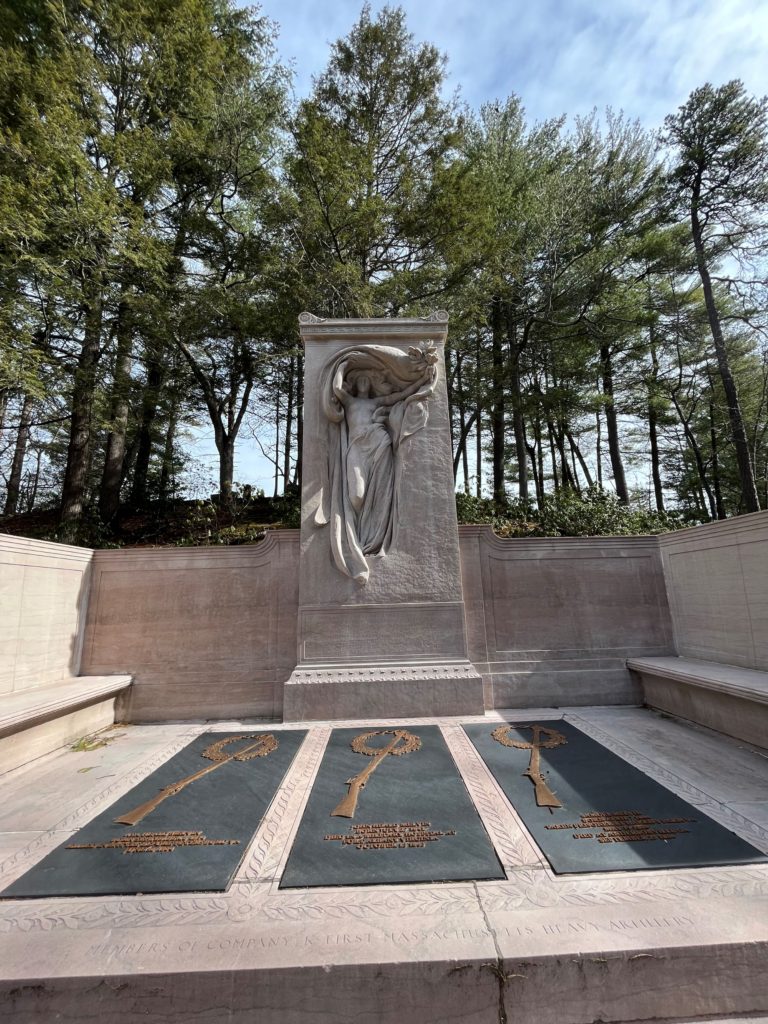
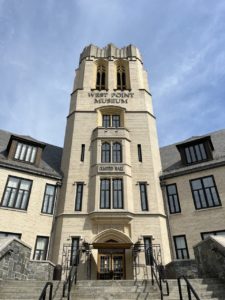 Abraham Lincoln made a secret trip to West Point in 1862. My recent trip to West Point was not so secret, and I also picked up and award in Lincoln’s legacy. I have the Lincoln Society of Peekskill to thank for both.
Abraham Lincoln made a secret trip to West Point in 1862. My recent trip to West Point was not so secret, and I also picked up and award in Lincoln’s legacy. I have the Lincoln Society of Peekskill to thank for both.

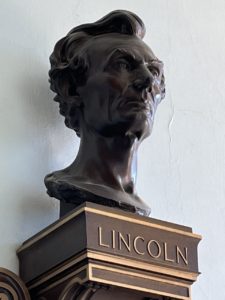 Abraham Lincoln famously had less than one year of formal schooling, but you can find him now at both Harvard and Yale.
Abraham Lincoln famously had less than one year of formal schooling, but you can find him now at both Harvard and Yale.



 Several days before my visit to Harvard I was on the Yale campus. Lincoln had given a speech in 1860 in Union Hall. The hall no longer stands (the High School in a Community is now in its place) but there is a memory of Lincoln on the green at Yale. There, at least up until recently, stood a majestic Oak deemed the “Lincoln Memorial Oak” that had stood for ages. In late 2012 the stately old tree was toppled by Superstorm Sandy,
Several days before my visit to Harvard I was on the Yale campus. Lincoln had given a speech in 1860 in Union Hall. The hall no longer stands (the High School in a Community is now in its place) but there is a memory of Lincoln on the green at Yale. There, at least up until recently, stood a majestic Oak deemed the “Lincoln Memorial Oak” that had stood for ages. In late 2012 the stately old tree was toppled by Superstorm Sandy, 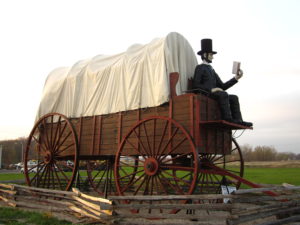 Abraham Lincoln made two trips to New England in his lifetime, and I will soon embark on a road trip of my own to follow in his footsteps. This isn’t my first such trip. Pre-COVID I made several road trips – long solo drives tracing Lincoln’s roots through Kentucky, Indiana, and Illinois, with side trips into Lincoln-related sites in Tennessee, Michigan, Wisconsin, and elsewhere. You can
Abraham Lincoln made two trips to New England in his lifetime, and I will soon embark on a road trip of my own to follow in his footsteps. This isn’t my first such trip. Pre-COVID I made several road trips – long solo drives tracing Lincoln’s roots through Kentucky, Indiana, and Illinois, with side trips into Lincoln-related sites in Tennessee, Michigan, Wisconsin, and elsewhere. You can 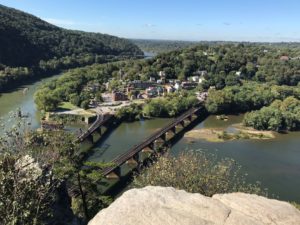 President Lincoln took a special train to Harpers Ferry on October 1, 1862. I drove my car to the National Park Service visitors center on October 1, 2021. Lincoln reviewed the troops on Bolivar Heights. I climbed to the overlook on Maryland Heights. One hundred and fifty-nine years separated us, but I still felt his presence.
President Lincoln took a special train to Harpers Ferry on October 1, 1862. I drove my car to the National Park Service visitors center on October 1, 2021. Lincoln reviewed the troops on Bolivar Heights. I climbed to the overlook on Maryland Heights. One hundred and fifty-nine years separated us, but I still felt his presence.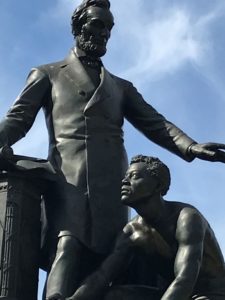 On June 19th, 1865, Union Major General Gordon Granger entered Galveston, Texas and discovered that somehow word had not previously been communicated to the enslaved people that they were free in accordance with Abraham Lincoln’s Emancipation Proclamation effective January 1, 1863. With Granger’s General Order No. 3, June the 19th came to represent the end of slavery in America, and as such became an African American holiday called Juneteenth.
On June 19th, 1865, Union Major General Gordon Granger entered Galveston, Texas and discovered that somehow word had not previously been communicated to the enslaved people that they were free in accordance with Abraham Lincoln’s Emancipation Proclamation effective January 1, 1863. With Granger’s General Order No. 3, June the 19th came to represent the end of slavery in America, and as such became an African American holiday called Juneteenth.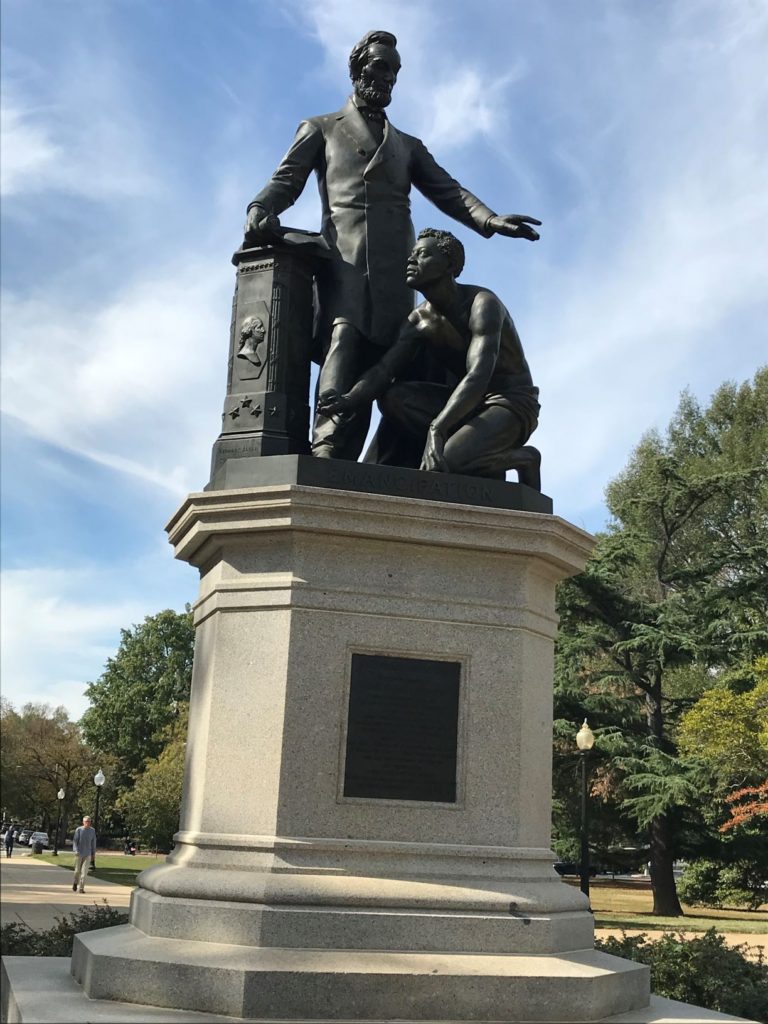
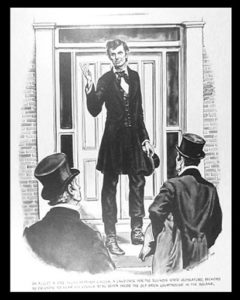 During Abraham Lincoln’s first year in New Salem he joined a pretentiously named Literary and Debating Society, which was actually an informal discussion group run by James Rutledge. Rutledge was a well-respected leader in town, father of ten children, and proprietor of an inn, Rutledge’s Tavern. He also had an extensive personal library of nearly thirty books, and this became one of Lincoln’s favorite hangouts.
During Abraham Lincoln’s first year in New Salem he joined a pretentiously named Literary and Debating Society, which was actually an informal discussion group run by James Rutledge. Rutledge was a well-respected leader in town, father of ten children, and proprietor of an inn, Rutledge’s Tavern. He also had an extensive personal library of nearly thirty books, and this became one of Lincoln’s favorite hangouts.